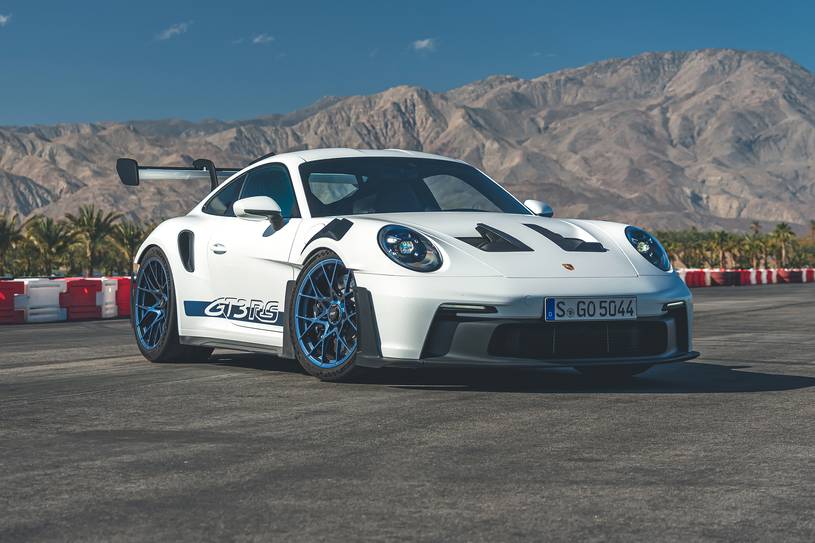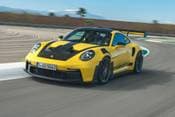2025 Porsche 911 GT3 RS
Price Range: $241,300
Helpful shopping links
2025 Porsche 911 videos
Is the 2025 Porsche 911 GT3 Worth Its $40,000 Price Increase? | 992.2 GT3 First Drive
The 992.2 generation of the Porsche 911 is slowly being rolled out, and the updated GT3 is the latest model to hit the streets. Along with mildly revised styling, the new 911 GT3 features enhanced performance bits that make it better to drive than ever — and it should be, considering the 992.2 GT3 is nearly $40,000 more expensive than the 992.1. Join Edmunds’ Brian Wong as… he gets behind the wheel of the 2025 Porsche 911 GT3 in this First Drive video.
PRICE CHECKER™
Check a dealer's price
Bring back a dealer's quote, and we'll tell you if it's a good price!
Check your price quote
Price:
$ -
Graph shown is a sample only
FAQ
Is the Porsche 911 a good car?
The Edmunds experts tested the 2025 911 both on the road and at the track, giving it a 8.3 out of 10. What about cargo capacity? When you're thinking about carrying stuff in your new car, keep in mind that the 911 has 4.6 cubic feet of trunk space. And then there's safety and reliability. Edmunds has all the latest NHTSA and IIHS crash-test scores, plus industry-leading expert and consumer reviews to help you understand what it's like to own and maintain a Porsche 911. Learn more
What's new in the 2025 Porsche 911?
According to Edmunds’ car experts, here’s what’s new for the 2025 Porsche 911:
- Carrera GTS is powered by a new 532-horsepower hybrid powertrain
- Minor exterior and interior design updates
- A fully digital instrument panel is standard
- Part of the eighth 911 generation introduced for 2020
Is the Porsche 911 reliable?
To determine whether the Porsche 911 is reliable, read Edmunds' authentic consumer reviews, which come from real owners and reveal what it's like to live with the 911. Look for specific complaints that keep popping up in the reviews, and be sure to compare the 911's average consumer rating to that of competing vehicles. Learn more
Is the 2025 Porsche 911 a good car?
There's a lot to consider if you're wondering whether the 2025 Porsche 911 is a good car. Edmunds' expert testing team reviewed the 2025 911 and gave it a 8.3 out of 10. Safety scores, fuel economy, cargo capacity and feature availability should all be factors in determining whether the 2025 911 is a good car for you. Learn more
How much should I pay for a 2025 Porsche 911?
The least-expensive 2025 Porsche 911 is the 2025 Porsche 911 GT3 RS 2dr Coupe (4.0L 6cyl 7AM). Including destination charge, it arrives with a Manufacturer's Suggested Retail Price (MSRP) of about $241,300.
Other versions include:
- GT3 RS 2dr Coupe (4.0L 6cyl 7AM) which starts at $241,300
What are the different models of Porsche 911?
If you're interested in the Porsche 911, the next question is, which 911 model is right for you? 911 variants include GT3 RS 2dr Coupe (4.0L 6cyl 7AM). For a full list of 911 models, check out Edmunds’ Features & Specs page. Learn more










